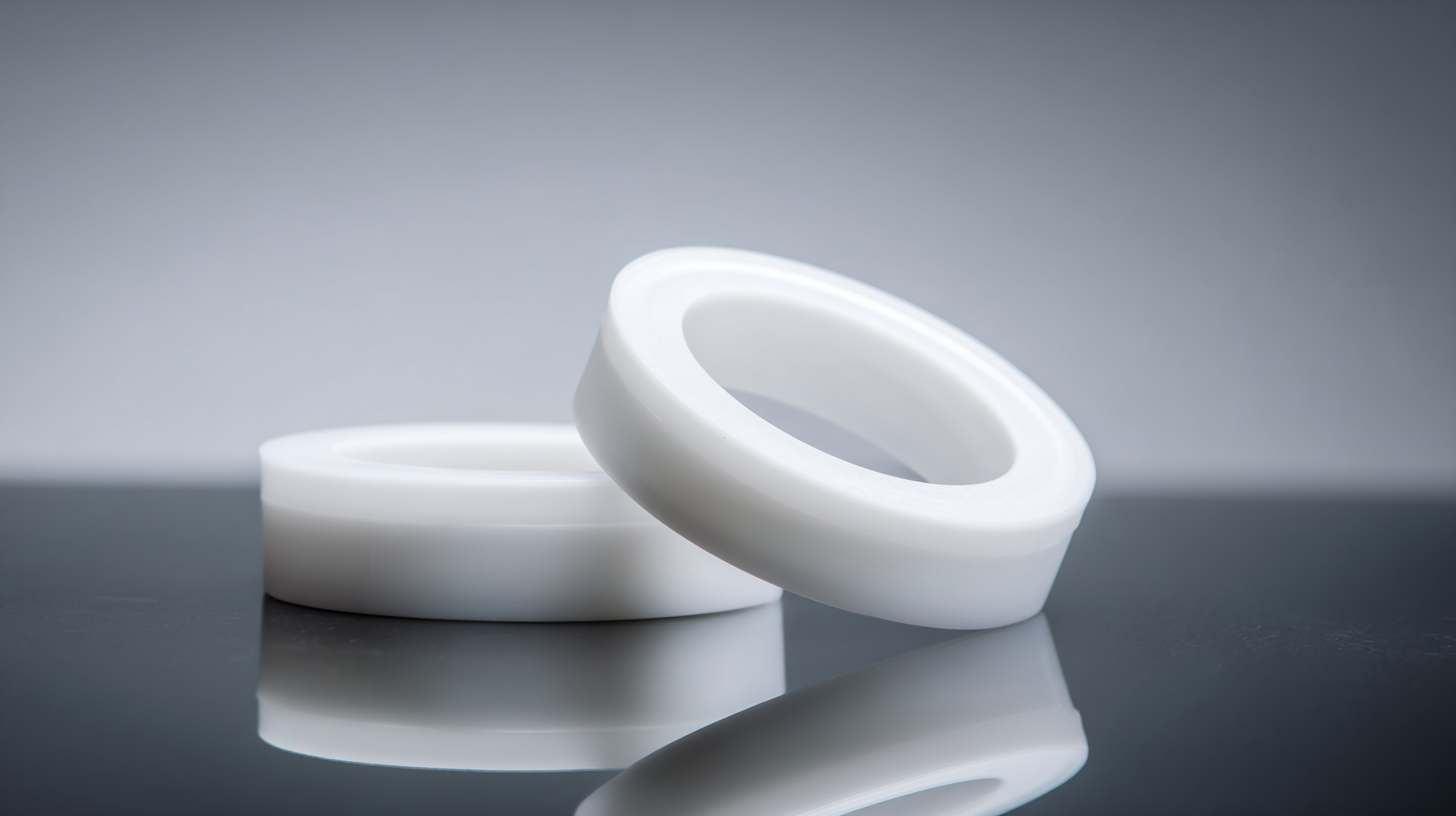Choosing the right Silicone Prosthetic Adhesive is crucial for ensuring optimal performance and comfort for prosthetic users. As advancements in prosthetic technology continue to evolve, so too does the variety of adhesives available, each designed to meet specific needs and preferences. A well-chosen adhesive not only enhances the durability of the prosthetic but also significantly impacts the user’s daily experience, affecting factors such as skin sensitivity, ease of application, and removal. In this guide, we will explore the essential considerations when selecting a Silicone Prosthetic Adhesive, from understanding the different formulations and their properties to evaluating individual requirements based on activity levels and lifestyle. By making an informed choice, users can improve both the functionality of their prosthetics and their overall quality of life, allowing them to engage confidently in both everyday activities and specialized tasks.

When selecting a silicone prosthetic adhesive, it's crucial to understand the various types available, as each is designed to meet specific needs. Generally, silicone prosthetic adhesives can be categorized into medical-grade adhesives, skin-safe adhesives, and waterproof formulations.
Medical-grade adhesives are often used in clinical settings and provide a strong hold while being biocompatible, making them suitable for users with sensitive skin or those who wear prosthetics for extended periods.
On the other hand, skin-safe adhesives are formulated specifically for individual use, ensuring comfort and flexibility. These often contain ingredients that minimize irritation and promote skin health while securely attaching the prosthetic device.
Waterproof adhesives are ideal for users who lead active lifestyles or are exposed to moisture, as they maintain adhesion even in wet conditions. By considering these distinct types and their specific advantages, users can make informed choices that enhance both the performance and comfort of their silicone prosthetics.
When selecting a silicone prosthetic adhesive, several key factors should be considered to ensure optimal performance and comfort. First and foremost, the adhesive's skin compatibility is crucial. It is essential to choose a formulation that is hypoallergenic and suitable for sensitive skin, as this can prevent irritation and allergic reactions. Additionally, look for products that have been dermatologically tested to ensure safety during extended wear.
Another significant factor is the adhesive's strength and longevity. The ideal silicone prosthetic adhesive should provide a secure bond that withstands daily activities while remaining flexible. Consider the environmental conditions in which the prosthetic will be used; some adhesives are designed for high-moisture or extreme temperatures, which can enhance durability and reliability. Lastly, ease of application and removal is important. A user-friendly adhesive that can be easily applied and taken off without damaging the skin or the prosthetic itself will significantly enhance comfort for the wearer.

When selecting a silicone prosthetic adhesive, evaluating its performance features, particularly longevity and waterproof capabilities, is paramount. Longevity refers to how long the adhesive will securely hold the prosthetic in place before reapplication is necessary. A high-quality adhesive should last throughout daily activities, offering reliability for users. Adhesives with enhanced longevity often incorporate advanced formulas resistant to wear and moisture, ensuring that they can withstand various environmental conditions without degrading.
Waterproof features are equally crucial, especially for individuals engaged in active lifestyles or those in humid environments. A waterproof adhesive not only prevents water from breaking the bond between the skin and the prosthetic but also protects it from sweat and other moisture sources. This is essential for maintaining comfort and optimal performance, as excessive moisture can lead to irritation and compromise the adhesion quality. Therefore, when evaluating silicone prosthetic adhesives, prioritize those that clearly indicate waterproof properties and offer extended wear times, as these attributes will significantly enhance your overall experience and satisfaction.
When selecting a silicone prosthetic adhesive, assessing comfort is critical, particularly in terms of skin sensitivity and breathability. Individuals with sensitive skin should prioritize adhesives that are hypoallergenic and free from harsh chemicals, as these can cause irritation or allergic reactions. Testing a small patch of the adhesive on the skin before full application can help gauge compatibility and comfort.
Breathability is another vital factor to consider. A breathable adhesive allows for better airflow, reducing the risk of moisture buildup and skin irritation. This is especially important for individuals who wear prosthetics for extended periods. Look for adhesives specifically designed to provide a skin-friendly environment, as they can enhance overall comfort and prevent skin issues. By focusing on these aspects, users can ensure a more pleasant experience and optimal performance from their silicone prosthetic.
| Adhesive Type | Skin Sensitivity Level | Breathability Rating | Comfort Level | Average Wear Time (Hours) |
|---|---|---|---|---|
| Medical Silicone A | Low | High | Very Comfortable | 24 |
| Medical Silicone B | Moderate | Medium | Comfortable | 18 |
| Medical Silicone C | High | Low | Less Comfortable | 12 |
| Medical Silicone D | Low | High | Comfortable | 20 |
| Medical Silicone E | Moderate | Medium | Comfortable | 16 |
When selecting a silicone prosthetic adhesive, it’s crucial to understand the application techniques that can enhance both effectiveness and comfort. The right adhesive application can significantly influence performance, as it minimizes the risk of irritation and maximizes the prosthetic's adhesion. For instance, ensuring that the skin is clean and dry before application can prevent premature lifting, while using a thin even layer of adhesive can provide better coverage and support.
**Tips:** Always test the adhesive on a small skin area first to check for allergic reactions. Consider using a barrier cream to further protect the skin and improve comfort during wear. Additionally, taking the time to apply adhesive in a well-lit environment can make a significant difference in achieving a perfect bond.
The medical-grade adhesive market is expected to grow steadily, with reports indicating an estimated market worth of approximately $3.5 billion in 2022, projected to reach around $5.2 billion by 2030. This growth emphasizes the importance of selecting high-quality adhesives for optimal prosthetic application. As consumer expectations rise, integrating best practices in adhesive application techniques will ensure enhanced comfort and user satisfaction.







